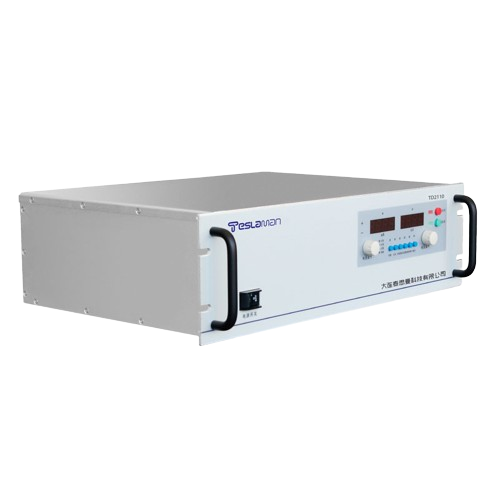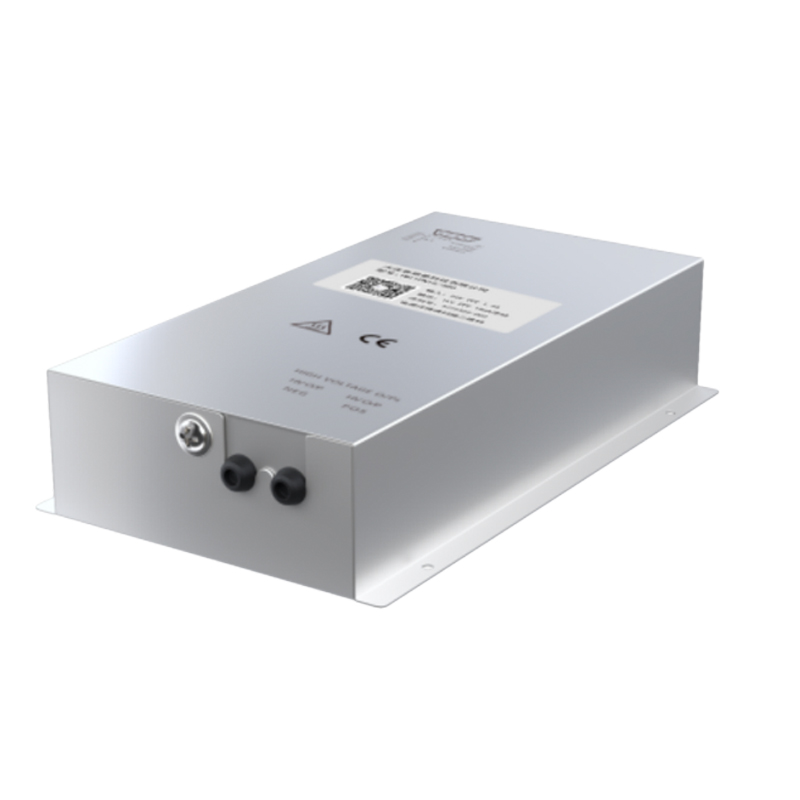High-Voltage Drive Technology for Lithography Machine Light Sources: The Core Engine of Precision Manufacturing
In semiconductor manufacturing, lithography machines are the core equipment determining chip process precision, with the light source system acting as the heart. Its performance directly dictates lithography resolution and chip integration. High-voltage drive technology is the critical support for stable light source operation, providing the ultra-high voltage and instantaneous power required for deep ultraviolet (DUV) and extreme ultraviolet (EUV) light sources through high-precision power conversion and control, driving lithography technology to continuously approach physical limits.
Technical Evolution: High-Voltage Drive Requirements from Mercury Lamps to EUV
Shorter wavelengths in lithography light sources are the core path to improving resolution. Early high-pressure mercury lamps (e.g., g-line 436nm, i-line 365nm) required only kilovolt-level drive voltages. However, as process nodes advanced to the nanometer scale, excimer lasers (KrF 248nm, ArF 193nm) and EUV sources (13.5nm) became mainstream, posing new challenges for high-voltage drive technology:
Power Leap: DUV sources require tens of kilowatts of power, while the CO₂ lasers for EUV sources exceed 20kW, generating plasma by bombarding liquid tin targets with high-voltage pulses, driving voltages to tens of kilovolts.
Pulse Precision: To maintain plasma stability, high-voltage pulses must precisely control pulse width (100-150ns), frequency (6000Hz), and energy stability (fluctuations <0.1%).
High-Voltage Drive Technology Principles: Precision Control of Electrical Energy Conversion
The high-voltage drive system for lithography light sources consists of power conversion modules, pulse control units, and real-time feedback circuits. Core technologies include:
High-Efficiency Power Conversion: Silicon carbide (SiC) power devices achieve 96.5% AC/DC conversion efficiency, transforming three-phase AC power into 800V DC high voltage, then stepping down via DC/DC modules to power auxiliary systems.
Dynamic Response Control: Light source power fluctuations cause exposure dose deviations. The high-voltage drive system must adjust output within microseconds, suppressing plasma transient oscillations through closed-loop feedback to ensure beam wavelength stability (EUV central wavelength deviation ≤0.01nm).
Multi-Layer Protection Mechanisms: Overvoltage, overcurrent, and short-circuit protection circuits prevent high-voltage breakdown, ensuring safe operation under 1400kW high-power consumption.
Technical Challenges: The Triple Balance of Precision, Efficiency, and Reliability
Power and Thermal Management Trade-offs: Only 0.02% of EUV input energy converts to effective light, with residual heat dissipated via liquid cooling systems, accounting for 80% of total energy consumption.
Nanosecond-Level Timing Control: Dual-stage wafer tables accelerate at 7g, requiring synchronization errors between high-voltage pulses and mechanical displacement ≤1ns; otherwise, overlay accuracy degrades (>2nm).
Longevity Design: Electrodes and laser cavities corrode under 10⁵ high-voltage pulse impacts, necessitating ceramic coatings and inert gas protection to extend core component lifespan to thousands of hours.
Future Trends: Breakthrough Directions for High-Voltage Drive Technology
High-NA EUV Adaptation: Increasing numerical aperture (NA) from 0.33 to 0.55 requires 30% more drive power, driving the development of novel circuit topologies (e.g., three-phase totem-pole PFC) to reduce losses.
Solid-State Pulsed Laser Technology: Replacing gas-discharge lasers with semiconductor switching devices enables narrower pulse widths (<10ns), improving energy efficiency and reducing thermal load.
Intelligent Energy Management: Machine learning-based power prediction algorithms dynamically match energy demands of exposure processes, reducing idle power consumption by 30%.
Conclusion
High-voltage drive technology for lithography light sources is an invisible bridge crossing physical limits. Its performance directly impacts the continuation of Moore's Law. As processes advance below 2nm, high-voltage drive systems must achieve breakthroughs in ultra-high frequency, high current, and atomic-level control, propelling light sources toward shorter wavelengths and higher power to provide an enduring foundation for chip manufacturing.




















